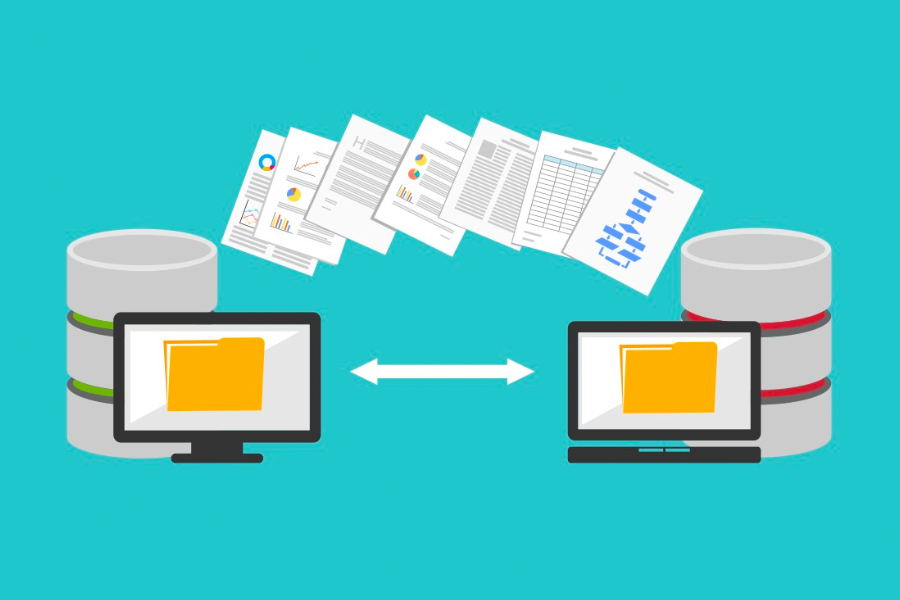Database migration is known as the process of moving databases across different storage types, formats, or computer systems. Companies and organizations migrate their databases for a variety of reasons:
- Server or storage equipment replacements
- Server maintenance or upgrades
- Application migration
- Website consolidation
- Data center relocation.
The process involves transfer of all database objects and categories:
- Table definitions
- Data
- Indexes
- Constraints
- Views
- Triggers
- Stored procedures
- Functions
- User accounts, roles and permissions.
Databases can be migrated manually or programmatically by using special software named database migration tools.
Manual Migration
Manual process usually consists of these steps:
- Exporting table definitions along with indexes and constraints from the source database in form of SQL statements
- Conversion of these statements into the destination format and importing to the target database
- Exporting data from the source database into intermediate storage like comma separated values (CSV) files
- Transforming the data according to the destination format and loading it to the target database
- Extracting views, stored procedures/functions, and triggers from the original database in form of SQL statements and code
- Conversion of these statements and code into the destination format and loading into the target database
Data Verification
After loading into the new system, results are subjected to data verification in order to determine if the data has been accurately translated, is complete, and supports processes in the new system. During verification, a parallel run of both systems is required to identify areas of disparity and erroneous data loss.
Programmatically Migration
For large and complex database projects, migration is usually performed programmatically to achieve an automated process flow, freeing up human resources from tiresome tasks. It is very important to select the appropriate tool to migrate the database in the required time frame without data loss or corruption.
Here is a list of main features that must be provided by high quality database migration tools:
- Modern and popular versions of the source and the target DBMS are supported
- Main database entries: table definitions, data, indexes, and constraints are converted with all necessary attributes
- Option to reuse conversion settings in next run
- Full Unicode support
- Options to customize types mapping, conversion rules, etc
- Command line support
- Comprehensive documentation and 24/7 support service
There are a large number of software companies that offer dedicated tools to automate database migration. Intelligent Converters specializes in database conversion, migration, and synchronization since 2001 and has been developing wide range of conversion tool to migrate databases between all popular database management systems like MySQL, PostgreSQL, SQL Server, Azure SQL, Oracle, Microsoft Access, FoxPro, SQLite.
Visit https://www.convert-in.com for more information about Intelligent Converters and their software.


